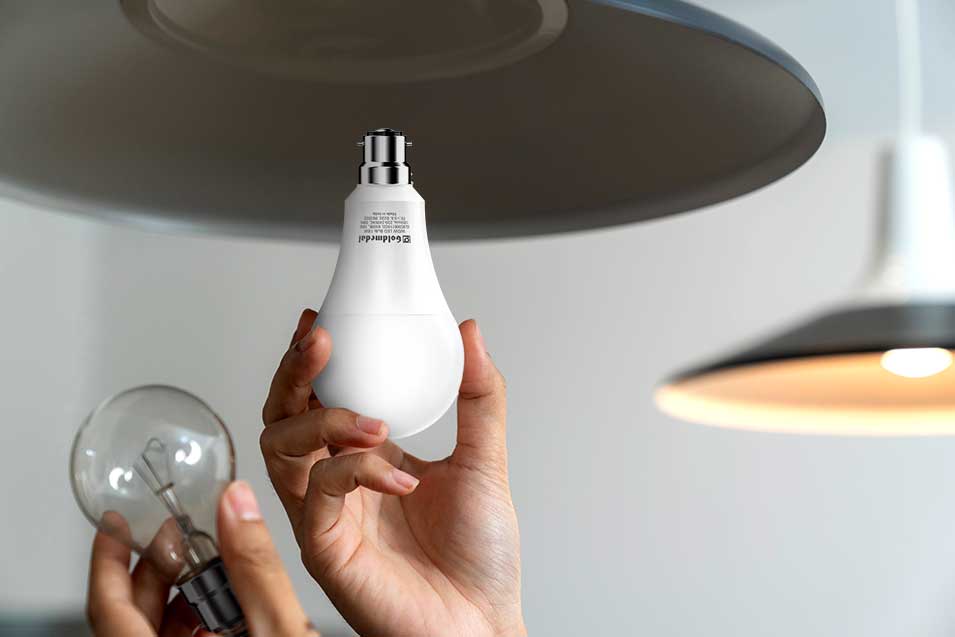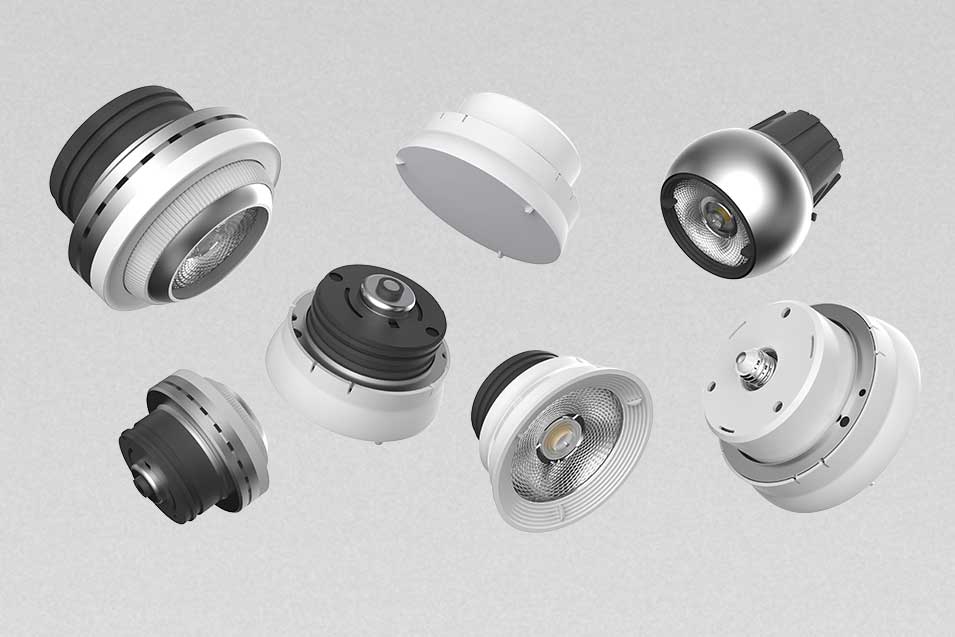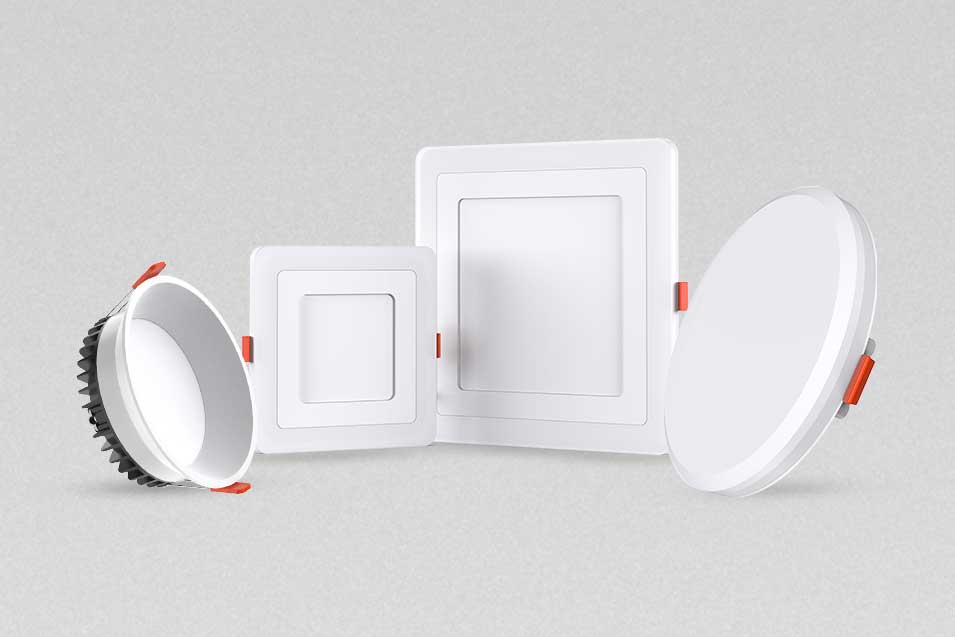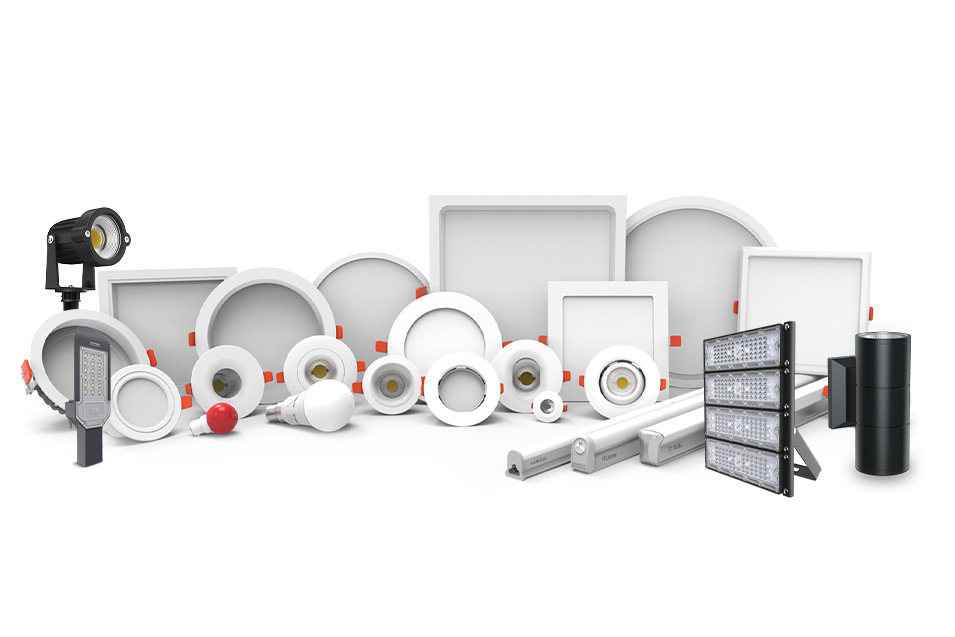
How Does a Light Bulb Work? What You Need to Know?
24th July 2025 | Written By: Rika Ash | Read Time: 3min | Last Updated: 24th July 2025
A light bulb is widely used – be it for ambient lighting in our homes or to illuminate neighbourhoods with streetlights. It is an essential part of our lives and is available in various types, from incandescent bulbs to energy-efficient LEDs. These bulbs work differently to generate light and keep our surroundings bright. In this blog, let us find out how light bulbs work and more.
Types of light bulbs, their components, and how they work
-
Incandescent bulbs:
Preferred for their warm glow, the incandescent bulbs are simple and commonly used for residential or decorative purposes. These bulbs are made of a thin tungsten filament with a glass outer shell that encases the other components and protects them from external elements.
An incandescent bulb works on the simple principle of passing an electric current through a tungsten filament, which heats up and causes the filament to glow and emit visible light. An inert gas, usually nitrogen or argon, is sealed inside the bulb to slow the degradation of the filament. -
Fluorescent bulbs:
An energy-efficient alternative to incandescent bulbs, the fluorescent bulbs use a gas-filled tube containing mercury to generate light. The tubes of these bulbs are made of glass that contains a small amount of mercury vapor, inert gases like argon or krypton.
A fluorescent light bulb uses the properties of gas, phosphors, and electric current to emit cooler and brighter light. When an electric current passes through the glass tube, the electrodes emit electrons, which ionize the gas inside the tube, generating ultraviolet (UV) light. The inner surface of the tube, coated with phosphor, absorbs the UV light and then re-emits it as visible light. This conversion of UV light to visible light is what produces the illumination we see. -
LED bulbs:
LED bulbs are largely replacing the incandescent and fluorescent bulbs thanks to their versatility, energy efficiency, and durability. Made of LED chips, aluminium and other heat-conductive materials, LED bulbs are widely used for residential lighting, outdoor fixtures and industrial settings.
LED bulbs operate with the help of LED chips, which release energy in the form of light when an electric current flows through them. These bulbs are equipped with an efficient heat sink to absorb and dissipate excess heat. The lens directs the emitted light with a controlled beam angle to improve overall light distribution.
Light bulbs have been an insignificant part of our day-to-day lives and they are constantly evolving, from incandescent bulbs to the smart efficiency of LEDs. Each bulb works on different principles but shares the common purpose of producing illumination. By understanding how these bulbs function and their components, we can choose the best bulbs for our homes, businesses, and the environment as per our needs.

Frequently Asked Questions (FAQs) :
- Q1. Why are LED bulbs more energy-efficient than other types? LED bulbs are more energy-efficient because they convert a higher percentage of electricity into light rather than heat, unlike incandescent or CFL bulbs, which waste more energy as heat. This efficiency results in lower power consumption and longer lifespan.
- Q2. Which light bulb is best for home use? The best light bulb for home use is typically an energy-efficient LED bulb, as it offers long life, low power consumption, and comes in various colour temperatures to suit different rooms and moods.
- Q3. Can I mix different types of light bulbs in one fixture? Yes, you can mix different types of light bulbs in one fixture, but it’s important to ensure they have compatible wattages, bases, and heat output. For best performance and safety, it’s recommended to use bulbs with similar specifications.




